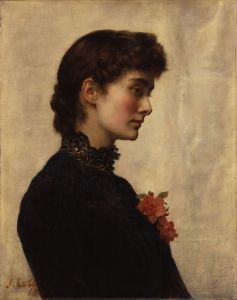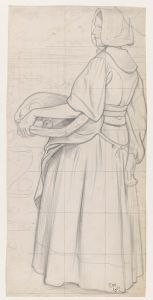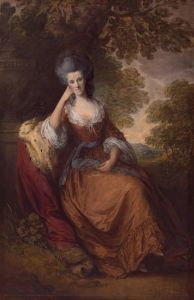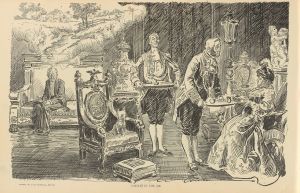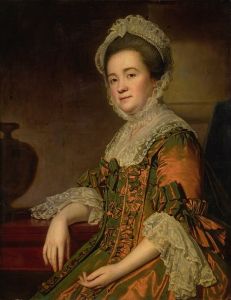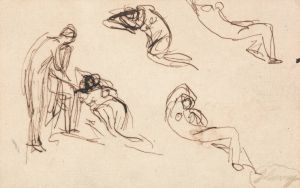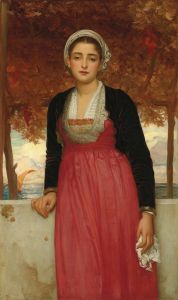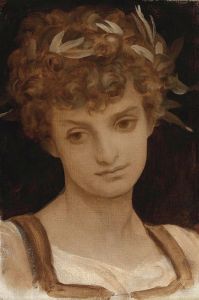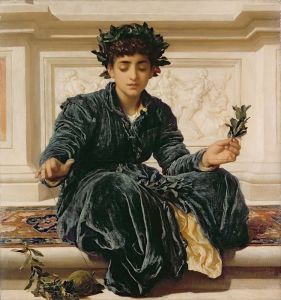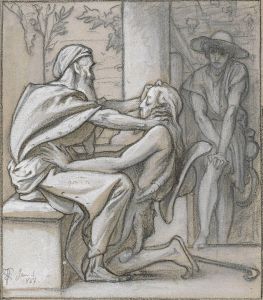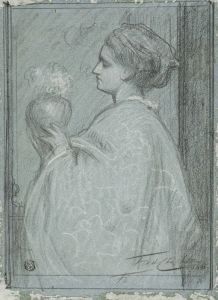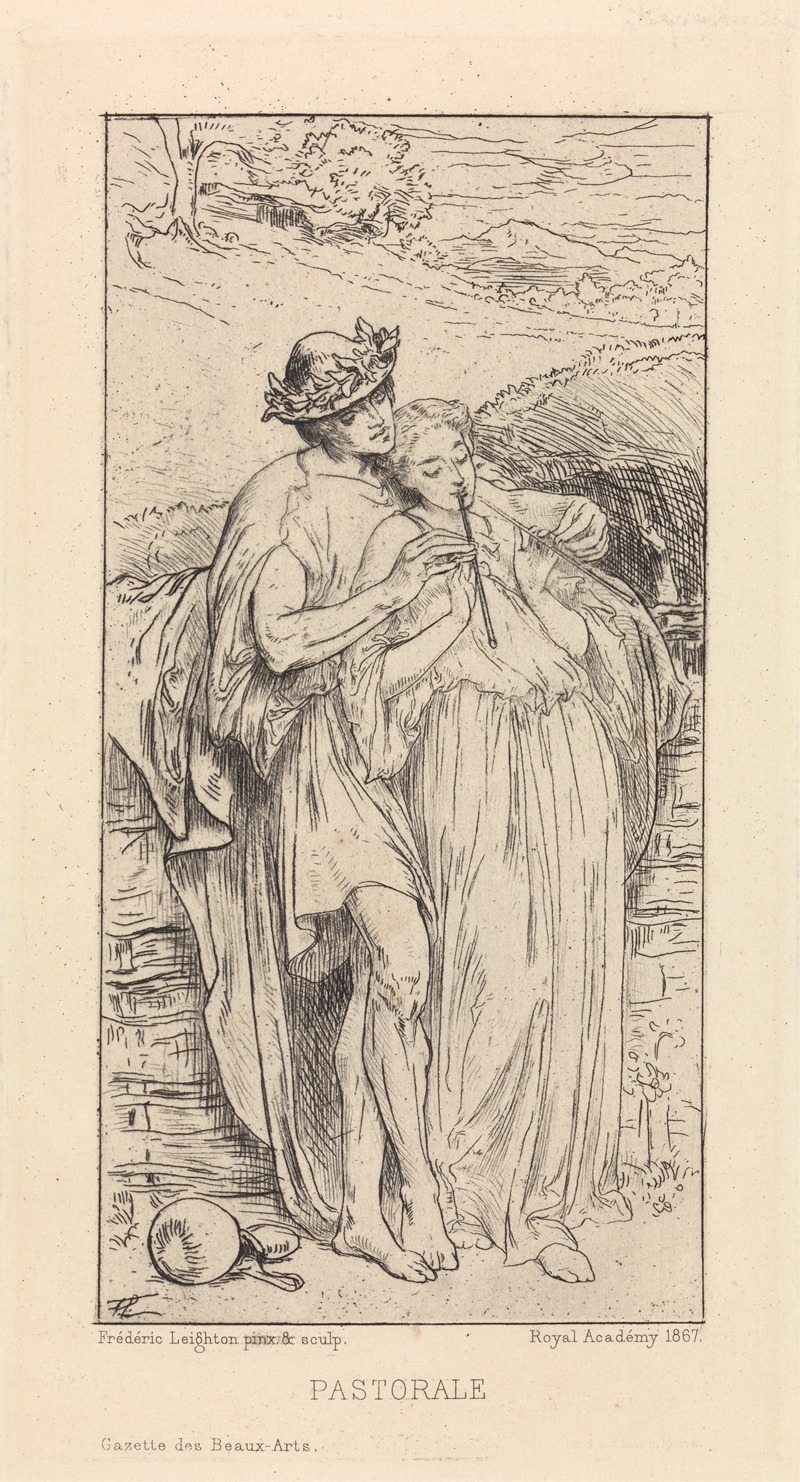
Pastorale
A hand-painted replica of Frederic Leighton’s masterpiece Pastorale, meticulously crafted by professional artists to capture the true essence of the original. Each piece is created with museum-quality canvas and rare mineral pigments, carefully painted by experienced artists with delicate brushstrokes and rich, layered colors to perfectly recreate the texture of the original artwork. Unlike machine-printed reproductions, this hand-painted version brings the painting to life, infused with the artist’s emotions and skill in every stroke. Whether for personal collection or home decoration, it instantly elevates the artistic atmosphere of any space.
Frederic Leighton, an eminent British artist of the 19th century, is renowned for his contributions to the academic art movement. Among his notable works is "Pastorale," a painting that exemplifies his mastery in composition, color, and classical themes. Leighton, who was born in 1830 and passed away in 1896, was a leading figure in the Victorian art scene, and his works often reflect the era's fascination with classical antiquity and mythology.
"Pastorale" is a testament to Leighton's skill in capturing serene and idyllic scenes, often drawing inspiration from ancient Greek and Roman art. While specific details about the painting "Pastorale" are not extensively documented, Leighton's oeuvre typically features themes of beauty, harmony, and the idealized human form, which are likely present in this work as well. His paintings are characterized by their meticulous attention to detail and the use of vibrant yet harmonious color palettes.
Leighton's education and travels significantly influenced his artistic style. He studied in various European cities, including Florence, Paris, and Frankfurt, which exposed him to a wide range of artistic traditions and techniques. This diverse background is evident in his works, which often blend elements of different styles to create a unique and cohesive visual language.
In addition to his artistic achievements, Leighton was an influential figure in the art world of his time. He served as the President of the Royal Academy of Arts from 1878 until his death, a position that underscored his prominence and respect among his peers. His leadership at the Royal Academy was marked by efforts to modernize the institution and support emerging artists.
Leighton's works, including "Pastorale," are often celebrated for their ability to transport viewers to a world of idealized beauty and tranquility. His paintings typically feature figures in classical poses, set against lush landscapes or architectural backdrops that evoke a sense of timelessness. This approach not only reflects the Victorian era's romanticized view of the past but also Leighton's personal dedication to the pursuit of aesthetic perfection.
The legacy of Frederic Leighton and his works, such as "Pastorale," continues to be appreciated by art historians and enthusiasts alike. His paintings are housed in major collections and museums, where they are studied for their technical brilliance and contribution to the academic art movement. Leighton's influence extends beyond his paintings, as he played a crucial role in shaping the direction of British art during a period of significant cultural and social change.
In summary, while specific details about "Pastorale" may be limited, the painting is undoubtedly a reflection of Frederic Leighton's artistic vision and his commitment to classical ideals. His work remains a significant part of the art historical canon, admired for its beauty, craftsmanship, and enduring appeal.






